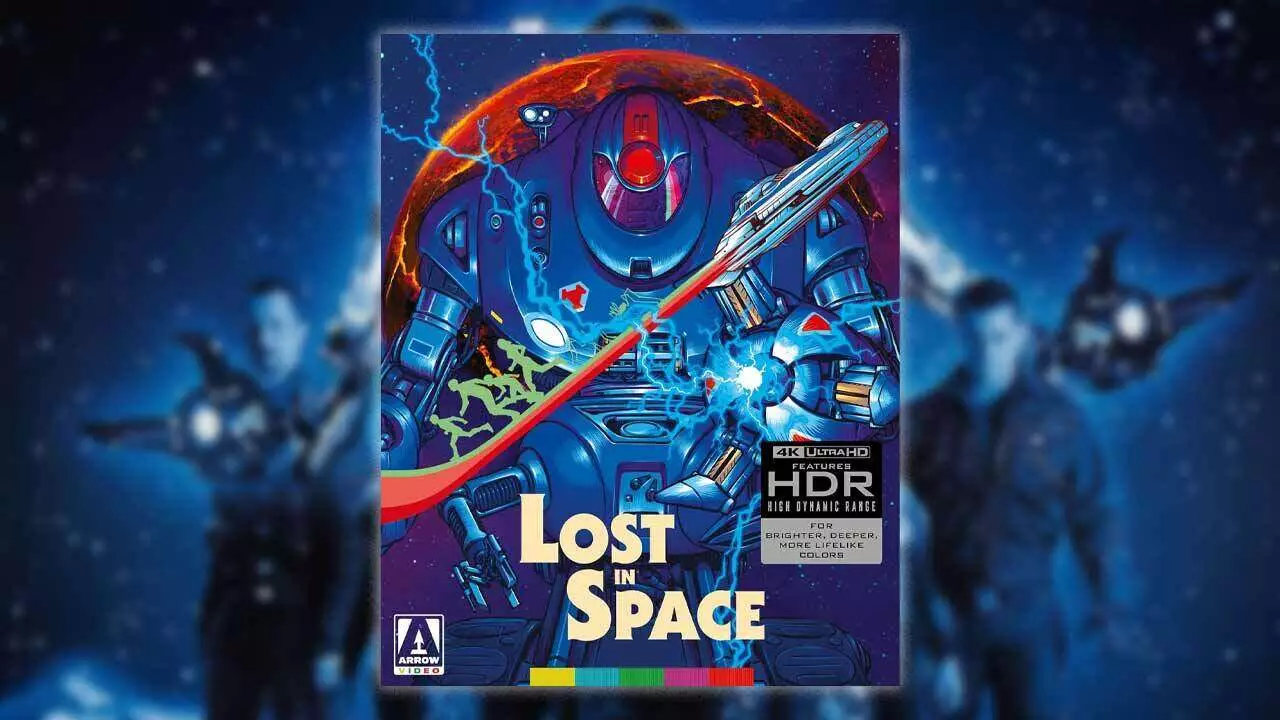In an era where remasters and special editions have become the new normal, the upcoming 4K release of “Lost in Space” (1998) exemplifies how modern technology can breathe new life into beloved science fiction classics. While a simple remaster might seem superficial to some, this edition goes beyond mere reprocessing by utilizing the original camera negatives—an act of cinematic preservation that underscores the film’s place within the sci-fi pantheon. This effort demonstrates an understanding that visual fidelity is not just about clarity; it’s about respecting the film’s original spirit and delivering an experience that’s faithful and immersive. For fans and newcomers alike, this release offers a rare chance to witness the Robinsons’ interstellar journey with unprecedented clarity, allowing each explosion, alien landscape, and star field to shine vividly as intended.
Beyond Nostalgia: An Insight into Artistic and Technical Craftsmanship
What elevates this special edition above typical nostalgia-fests are the ample behind-the-scenes materials that shed light on the craftsmanship involved in bringing “Lost in Space” to life. The inclusion of new interviews with key creatives such as director Stephen Hopkins, director of photography Peter Levy, and other specialists reveals a nuanced understanding of the film’s production ecology. This is where the edition truly shines; it doesn’t just show the finished product but explores the intricate artistry behind visual effects, set design, sound mixing, and even the unseen challenges faced during filming. These insights enrich the movie’s fabric, transforming the viewing experience into an educational journey through sci-fi filmmaking’s evolution in the late ’90s.
Reevaluating a Flawed but Fascinating Adaptation
Despite its visual advancements, “Lost in Space” remains a polarizing film—its narrative occasionally disjointed, and its character development secondary to spectacle. But criticism aside, this edition invites a more nuanced appreciation. It recognizes the film’s ambitious attempt to blend the original series’ charm with contemporary visual effects and storytelling. The inclusion of archival commentary, deleted scenes, and making-of featurettes offers a deeper understanding of the creative choices and technical hurdles faced during production. This transparency fosters a new perspective, not just as a nostalgic relic, but as a testament to a filmmaking era that aspired to elevate television’s adventurous spirit to blockbuster status.
A Surprising Legacy and Cultural Impact
The film’s legacy is complex; it’s neither a perfect sci-fi masterpiece nor a failed blockbuster. Instead, it’s a fascinating reflection of late ’90s cinematic experimentation—the kind of project that aimed high but often faltered under its own ambition. Yet, its influence persists in the visual effects techniques used, and its cast, including veterans like William Hurt and surprise appearances from Matt LeBlanc, helped the film carve a unique space in sci-fi history. The new edition’s inclusion of a video essay on “The Future of Space Travel” attempts to contextualize the film within the broader scope of space exploration visions. It invites viewers to reconsider the film’s role not merely as entertainment but as a cultural artifact that captured both the hopes and anxieties of its time.
Transforming Memory into Experience
Ultimately, what makes this special edition compelling isn’t just its technical prowess or bonus features. It’s the recognition that films like “Lost in Space” serve as gateways to personal and collective memory—an entry point into a shared nostalgia that can now be enhanced and preserved through the power of 4K restoration. For sci-fi enthusiasts, this release promises an evocative experience; for casual viewers, it offers a chance to reevaluate a film that, despite its flaws, boldly aimed for greatness and remains a significant chapter in the evolution of sci-fi filmmaking. This edition underscores that, sometimes, the true magic of cinema lies in its capacity to continually reinvent and inspire, even years after its initial release.

